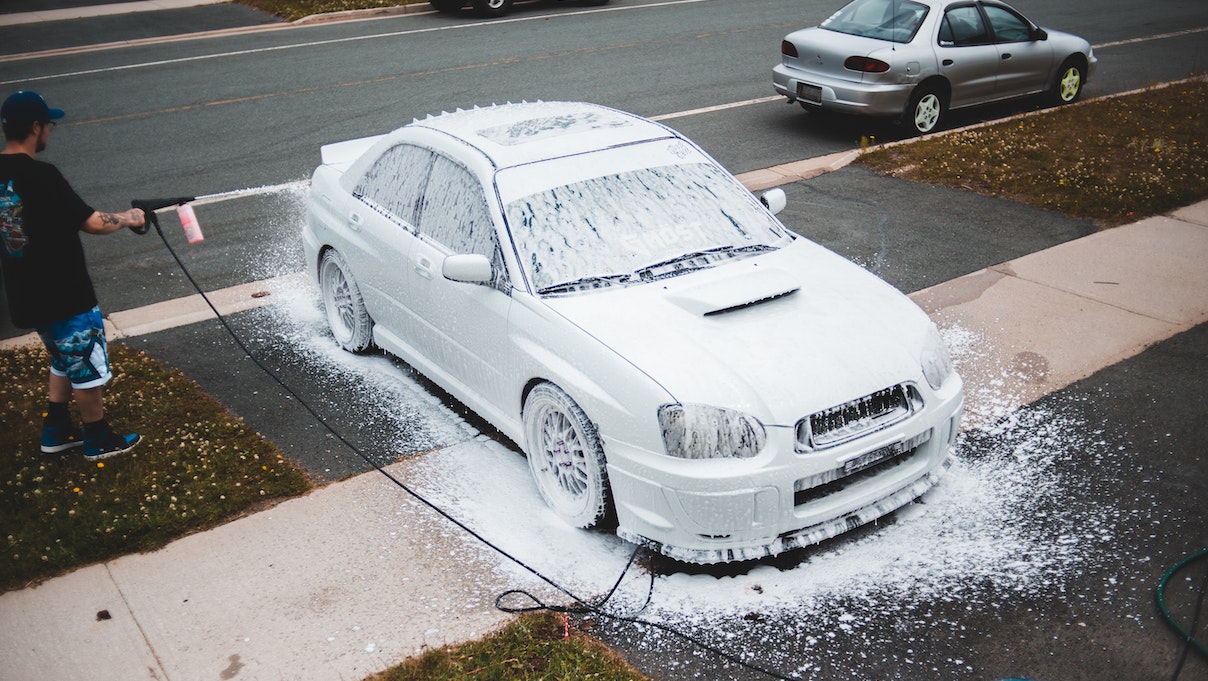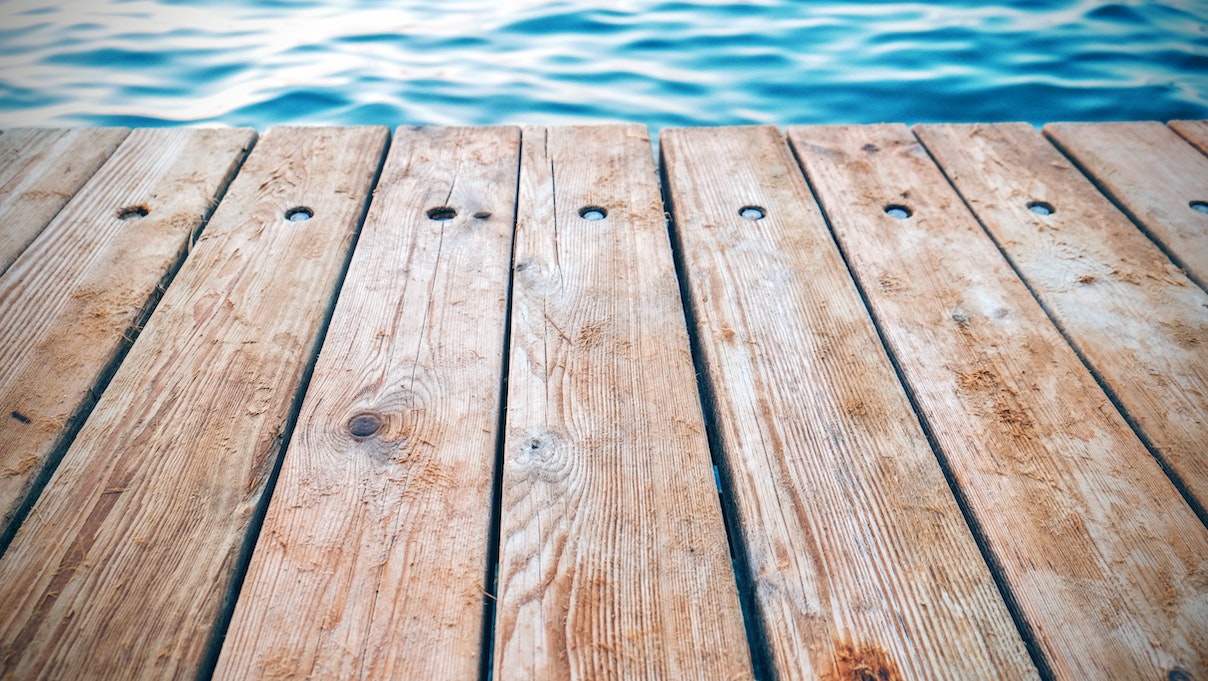Winterizing a pressure washer is essential even if it is stored in a garage or shed, as these areas often lack proper insulation to protect against low temperatures. Even if stored in a basement where the temperature never drops below freezing, prolonged inactivity can also cause damage.
Extended storage times and freezing temperatures can cause internal parts to wear out, leading to dry rot and pump system cracking. Stale gasoline in the fuel system can also result in rust, corrosion, and buildup that can clog fuel lines due to the ethanol content in gasoline, which promotes degradation.
Step 1: Drain all the liquid out of your pressure washer
To winterize a pressure washer, all liquids and cleaning agents should be removed from the tank and pipes by running the machine at low pressure for about a minute. After draining all water from the pump, turn off the pressure washer and remove it from the water supply. Gas-powered pressure washers should have their gas reservoir emptied or have gasoline stabilizer added to prevent stale gas from clogging the carburetor. Finally, residual liquid can be blown out of the pipes with an air compressor.
Step 2: Add antifreeze to the system
Before storing the pressure washer, add anti-freeze to the system after draining all fluids. This will help prevent mineral buildup and freezing of high-pressure components, as well as prevent moisture from accumulating in the pumping system.
Step 3: Vacuum pump nozzles and filters.
By taking out the pump filters and inspecting the metal mesh screen for accumulated residue, clean the filter bowl or strainer. To get rid of any buildup or deposits and stop corrosion, remove the nozzles and clean the orifice.

Step 4: Scrub the exteriors.
Wipe all external surfaces and crevices with a moist cloth to remove any apparent dust, debris, or grime in order to avoid rust and maintain the system’s appearance.
Step 5: Store your pressure washer in a dry, clean area to prevent rusting or weather-related damage. To avoid dust buildup and to keep the pump out of potentially freezing locations, use a cover.
Step 6: It’s important to refer to the manufacturer’s instructions to ensure proper care and preservation of your pressure washer. Pressure washers operated by electricity or batteries typically require less maintenance than those driven by gasoline. Electric washers are less prone to break down since their designs are simpler and have fewer components.
Conclusion
Although pressure washers are adaptable tools that can handle a variety of household tasks, failing to properly winterize them can lead to expensive repairs. In order to help you keep your pressure washer safe during the chilly winter months, we’re going to give you some basic instructions on how to winterize it in this article.




